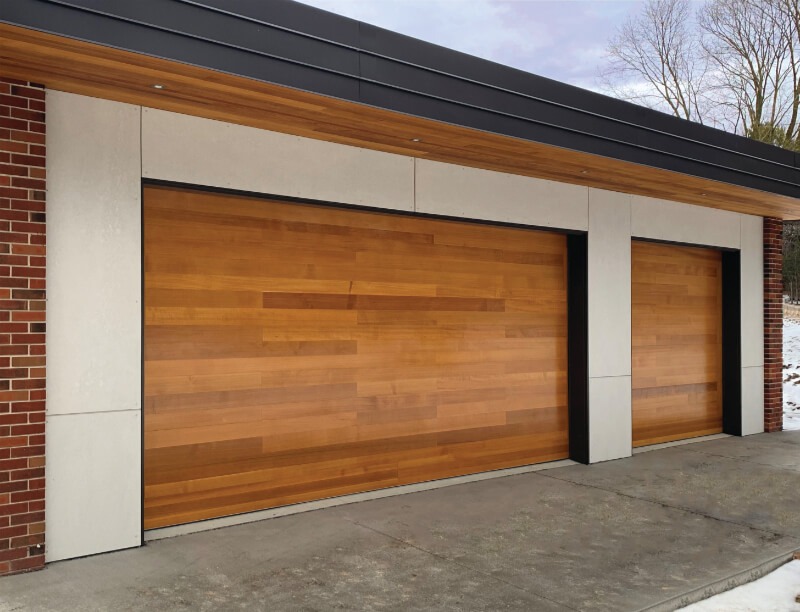Garage Door Repair Castle Rock CO Over time, the moving parts of your garage door system, such as hinges, rollers, springs, and tracks, can become dry and worn, leading to increased friction, noise, and potential damage. By regularly lubricating these components with the right type of lubricant, you can prolong the lifespan of your garage door and prevent costly repairs.

Here’s how to oil your garage door effectively:
- Gather Your Supplies: Before you begin, gather the necessary supplies for oiling your garage door. You will need a can of silicone-based garage door lubricant or white lithium grease, a clean cloth or rag, and a step ladder or sturdy platform to access the various parts of the garage door system.
- Inspect the Door: Start by visually inspecting your garage door and its components for signs of wear, damage, or corrosion. Check the hinges, rollers, tracks, springs, and other moving parts for any loose or missing hardware, rust, or debris that may interfere with the lubrication process.
- Clean the Components: Use a clean cloth or rag to wipe away any dirt, dust, or debris from the hinges, rollers, tracks, and other parts of the garage door system. Cleaning the components beforehand will ensure that the lubricant can penetrate and adhere to the surfaces properly, providing optimal lubrication.
- Apply the Lubricant: Shake the can of silicone-based garage door lubricant or white lithium grease thoroughly to ensure proper mixing of the ingredients. Then, apply a small amount of lubricant to each hinge, roller, and pivot point along the track using the nozzle or straw attachment provided with the can. Be sure to apply the lubricant sparingly to avoid excess buildup, which can attract dirt and debris.
- Work the Lubricant In: After applying the lubricant, manually operate the garage door several times to distribute the lubricant evenly and work it into the moving parts. Open and close the door fully to allow the lubricant to penetrate the hinges, rollers, and tracks, ensuring smooth and quiet operation.
- Focus on Key Areas: Pay special attention to key areas of the garage door system that experience the most friction and wear, such as the hinges, rollers, bearings, and springs. Apply additional lubricant to these areas as needed to ensure proper lubrication and reduce wear and tear.
- Check for Smooth Operation: Once you’ve lubricated all the moving parts of the garage door, test the door’s operation to ensure that it moves smoothly and quietly. Listen for any unusual noises or resistance as the door opens and closes, and visually inspect the components for proper alignment and movement.
- Repeat as Needed: Depending on the frequency of use and environmental conditions, you may need to oil your garage door every six months to a year to maintain optimal performance. Monitor the door’s operation regularly and reapply lubricant as needed to keep it running smoothly.
- Dispose of Excess Lubricant: Properly dispose of any excess lubricant or used rags according to local regulations. Avoid allowing lubricant to drip onto the garage floor or surrounding surfaces, as it can create slippery conditions and attract dirt and debris.
- Schedule Regular Maintenance: In addition to oiling your garage door, schedule regular maintenance checks and inspections by a professional garage door technician to identify any potential issues or worn parts that may require repair or replacement. Regular maintenance can help extend the lifespan of your garage door and ensure safe and reliable operation for years to come.
Garage Door Repair Castle Rock CO By following these steps and using the right type of lubricant you can prolong the lifespan of your garage door and prevent costly repairs down the line.
Martin Garage Door
10411 S Parker Rd, Parker, CO 80134, United States
1-303-663-1310

Leave a Reply